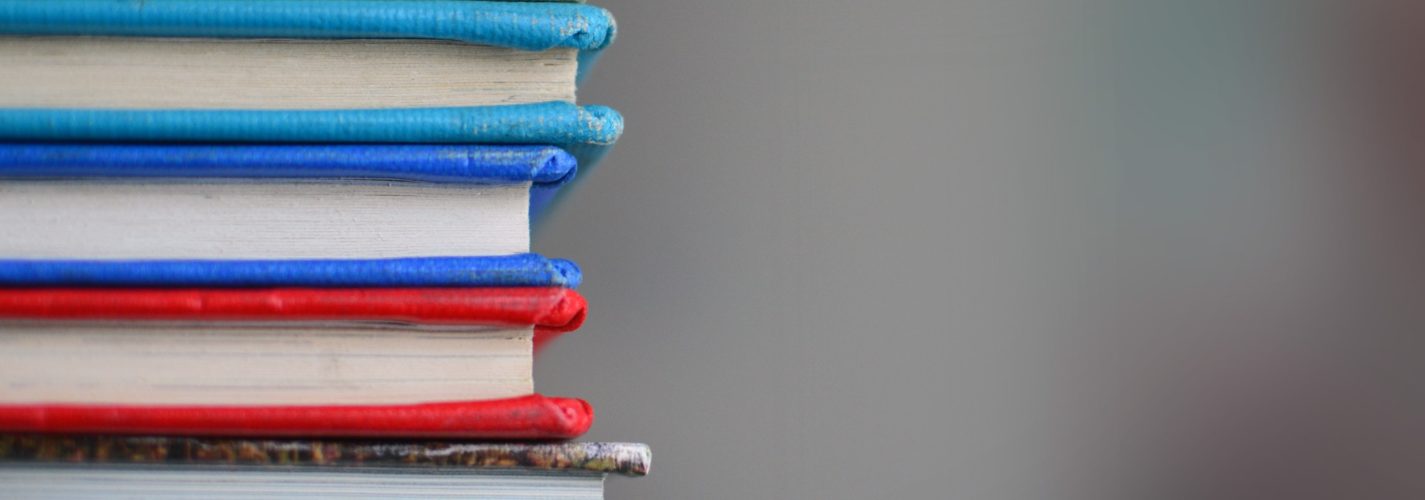Classroom Diversity: Broadening Our Definition to Better Prepare Students
By Savior Allen-Knight
This spring, as a Capitol Pathways intern, I followed education-related legislation—topping the agenda was teacher diversity. Minnesota is making an admirable effort to bring diverse educators to the classroom. But equally important and— often absent from our classrooms—are diverse experiences and learning materials. Giving students a diverse education will better prepare them to face a world dense with varied ideas, content, and social issues.
As a graduate of Whitney Young, a magnet high school in Chicago, IL (and the 2nd most diverse school in the U.S. during my attendance), I had an invaluable experience. My time in high school was fundamentally enriched by the individual perspectives of students from different cultures and ethnicities. But my education at Whitney Young also taught me that classroom diversity goes beyond the skin color of teachers and peers; it extends to the texts we study. A broad range of sources allowed me to explore a variety of experiences, different opinions, and alternative narratives that informed my thinking.
“My education at Whitney Young taught me that classroom diversity goes beyond the skin color of teachers and peers; it extends to the texts we study.”
Reflecting on my experiences and approach as a philosophy major, I wanted to dig deeper—beyond the policy debate—and talk to educators about what it means to elevate diversity in the classroom. I spoke with two educators who share a similar vision of “diverse” education and its importance.
MEET THE INTERVIEWEES
Dr. N’Jai-An Patters is an Advanced Placement social studies teacher at Hiawatha Collegiate High School with a doctorate from the University of Minnesota in history. She taught undergraduate students until moving on to teach middle school and then high school.
Dr. Sam Imbo is the head of the philosophy department at Hamline University, where he has taught for nearly 20 years. He holds a Ph.D. in philosophy from Purdue University. Originally from Kenya, he received his undergraduate degree from the University of Nairobi.
DIVERSE RESOURCES
These two educators share an outlook on diversity in the classroom. For Dr. Imbo diversity is essential, but one should consider the full range of possibilities: who is teaching, the variety of materials used to teach, experience and even more important, is a broad range of resources and texts. According to Dr. Imbo, diverse learning material is what should guide our learning. If we have closed-minded texts, within a narrow set of perspectives, we will only see part of the picture. “The more different things we talk about the better we all are,” he said.
“Diverse learning material is what should guide our learning. If we have narrow, closed-minded texts we will only see part of the picture.”
Dr. Patters agrees. “A good education should be well-rounded or diverse in its scope.” For her, to administer any version of a good education—which all educators strive for—its content should expose students to as much varying knowledge as possible.
As a college student, I can attest to Dr. Patters’ and Dr. Imbo’s view on the scope of the content. Exposure is crucial when students go on to lead their lives. If only prepared with one perspective, students are likely to be horrified when they find out that our society is multifaceted and challenges their singular perspectives. Educators have an opportunity to prepare students to grapple with the array of viewpoints and experiences they’re likely to encounter and engage with.
DIVERSE EXPERIENCES
The concept of diversity is further complicated when including the role and importance of experience in a diverse education. Dr. Imbo says by “sharing those experiences, we get to learn about how we construct what is important, what is worth pursuing, and what is deemed normal.” He hints at the idea of bringing these individual experiences to help inform a more wholesome way of thinking.
Historically, we’ve not been able to form these types of compromises on what is important and often trample over other’s values simply because they aren’t our own. Our failure to do this could be pinpointed to the lack of dialogue on differing experience. By adding diverse dialogue, we can make sure to produce open-minded citizens.
Dr. Patters incorporates identities and the educational value of being surrounded by diverse people. She thinks it is crucial to educate our students on these differing views and states of being. “It is a diverse world, and to navigate it successfully, you need to know about who is in it, you need to know it in different ways … you need to know it experientially.”
Diverse education for me expands from ethnic to experiential and text diversity. I believe by adding these facets to our system we can hope to see more open-minded youth aware of the world around them. Dr. Imbo left me with a memorable quote saying, “Diversity is not a slogan it is something we should all take very seriously.” So as we challenge ourselves to increase classroom diversity, let’s strive for a version that students can take forward in life.

